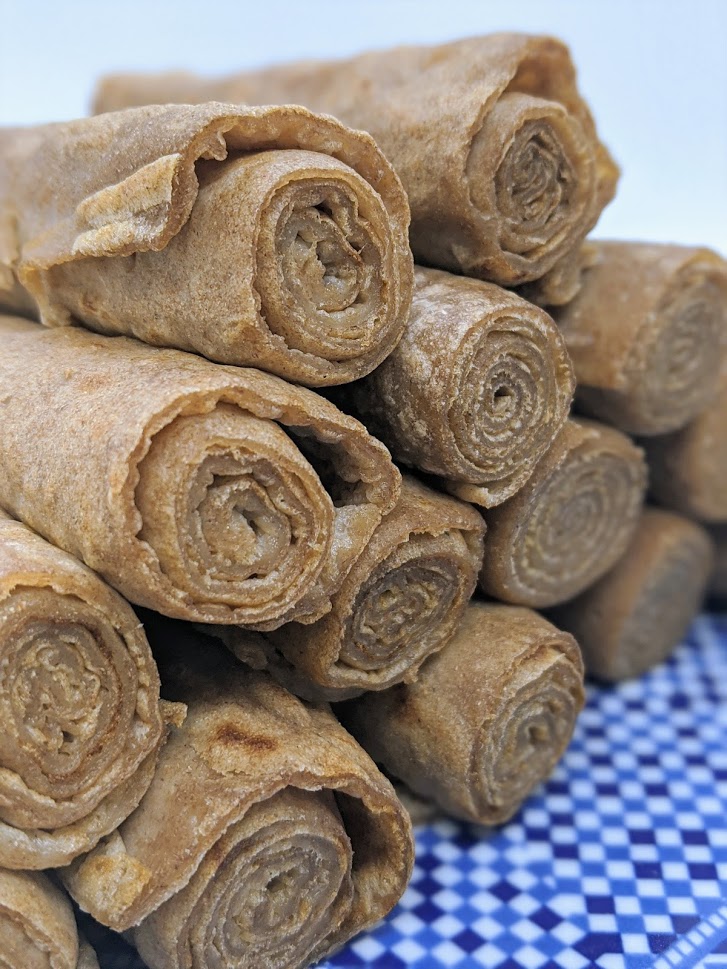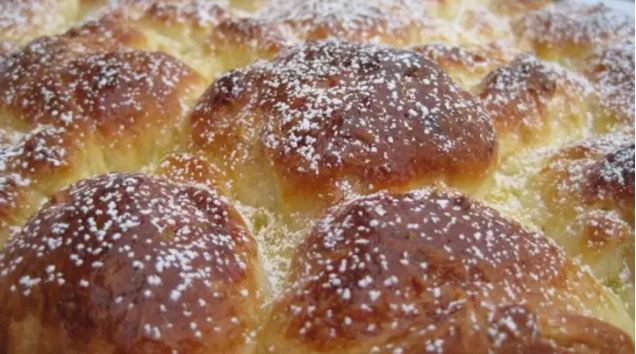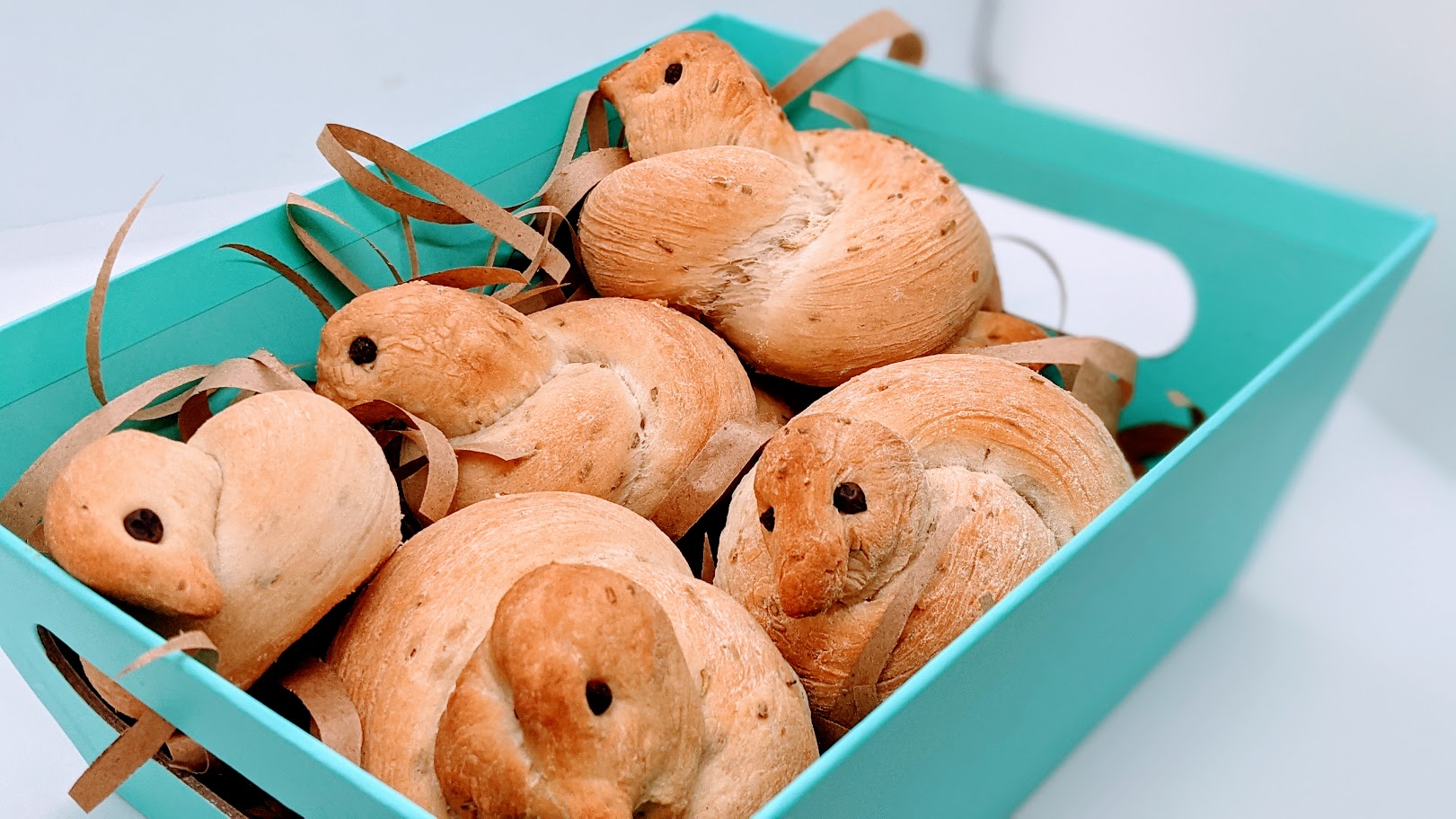This Injera recipe – Ethiopian flatbread will change how you eat. The fermented flatbread has a sourdough taste, a slightly spongy texture and resembles a crepe.
Injera is the national dish of both Ethiopia and Eritrea. It is central to dining (similar to bread or rice). The flatbread serves as the most fundamental component of an overall meal. Iron-rich teff seeds are ground into a flour.



Ethiopian cuisine consists of a variety of vegetables and often very spicy meat dishes. The thick stews are called “wat”. They are served atop injera flatbread. Ethiopians mostly eat with their right hands and use the injera to pick up bites of entrees and sides.
The first time I had injera was on a trip to Washington, DC. Little did I know that the metropolitan area had a population of about 35,000 Ethiopian, making it the largest population center for Ethiopia-born people in the United States. I asked the owner to bring out a few dishes she recommended. She couldn’t have been nicer and more accommodating. It was absolutely delicious.
Imagine my surprise finding out there is a traditional Shabbat stew (called “sanbat wat”) made by Ethiopian Jews. Of course, it is eaten with injera flatbread.
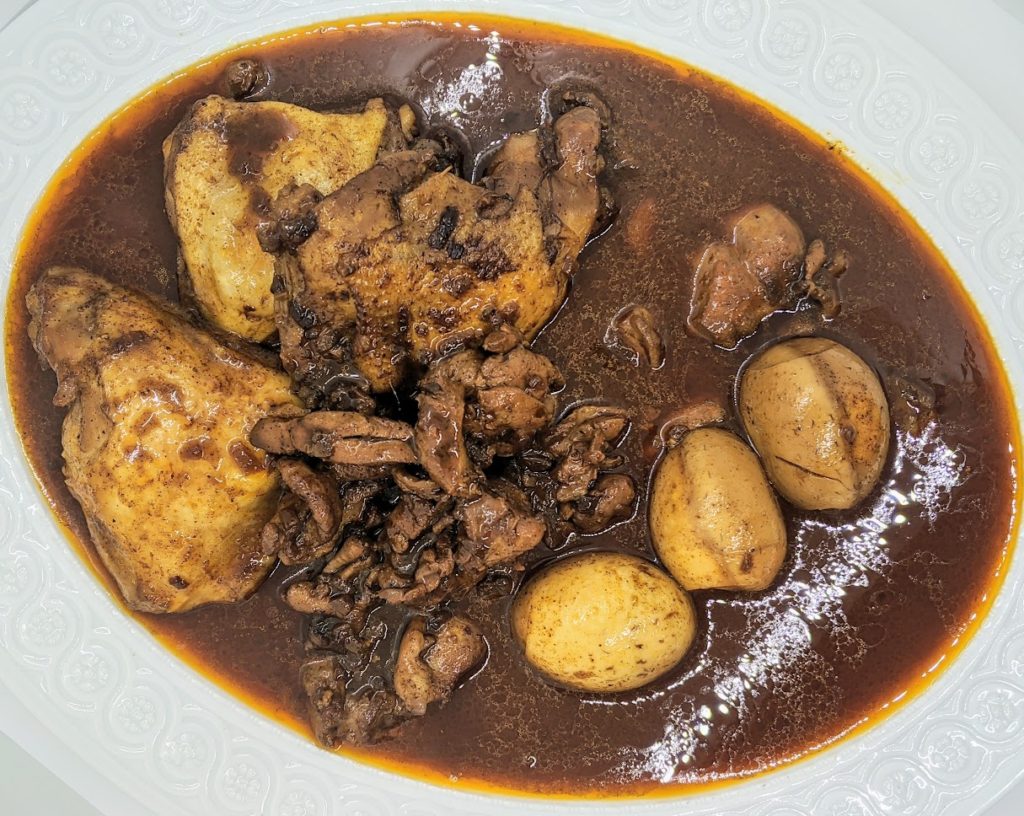
The sour taste of the flatbread blends surprisingly well with savory and sweet flavors. The spongy texture naturally soaks up the juices and make eating food a fun and interactive experience.
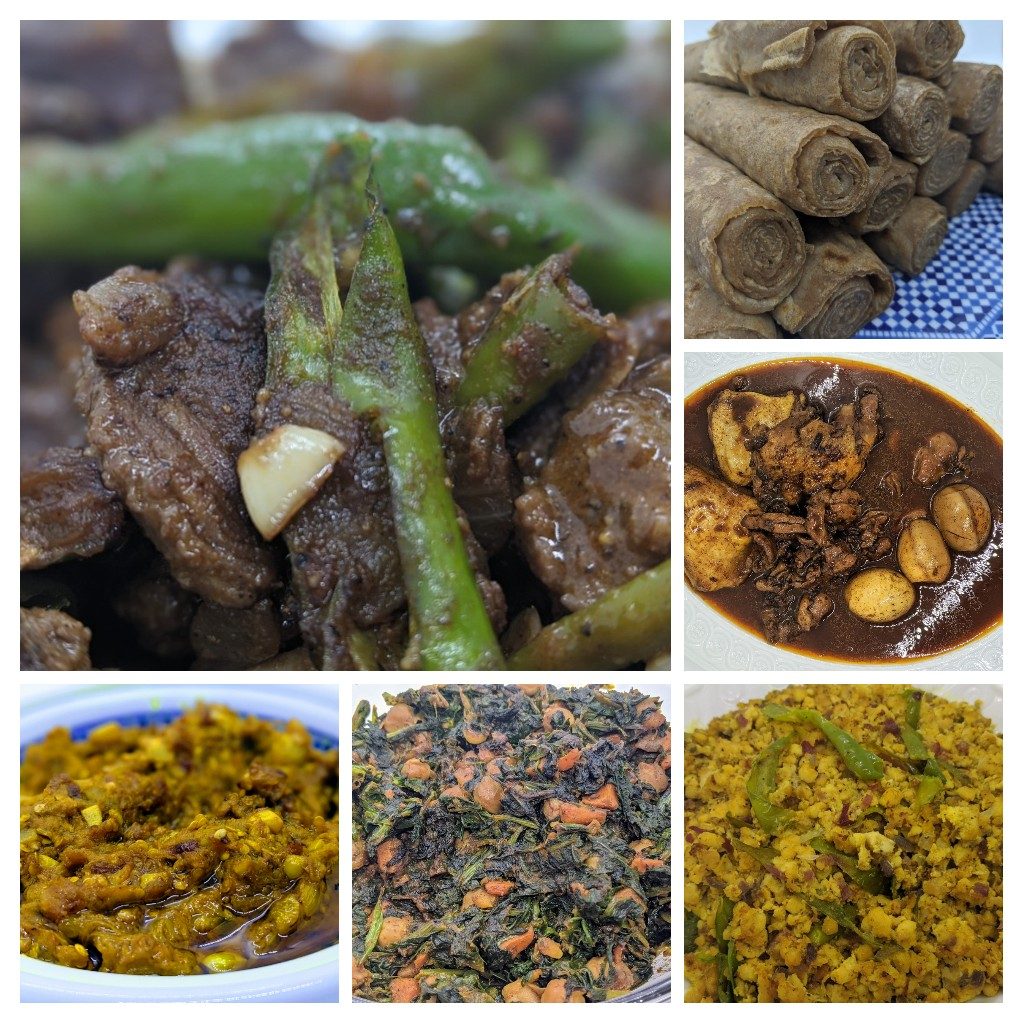
Making the Injera Recipe – Ethiopian Flatbread
Making this Injera Recipe – Ethiopian Flatbread is simple. It only requires three ingredients – teff flour, water and salt. However, in order to properly ferment, the batter must sit on your counter for 2-3 days. The end result is worth it.
The best recipe I’ve tried is from Azlin Bloor; former chef and culinary instructor. She provides two ways to make injera: the traditional way and a quick way. The quicker version adds optional flour and yeast. The yeast expedites how fast the batter raises and “ferments” so you don’t have to wait 2-3 days for it to naturally ferment the traditional way.
Once the batter is ready, you heat a greased skillet (non-stick is best), pour enough batter to cover the bottom and cook it for 30 seconds. Then cover and cook for an additional minute until the edges start to curl. Once that process is complete, the injera is ready to slide out of the skillet onto a plate. Try to not use a spatula to take it out as it may tear it.
I like to roll them up and then stack them for display. They are served flat on a plate with varied entrees and sides placed atop. This allows family sharing of different dishes. And what’s better than sharing a platter of food?
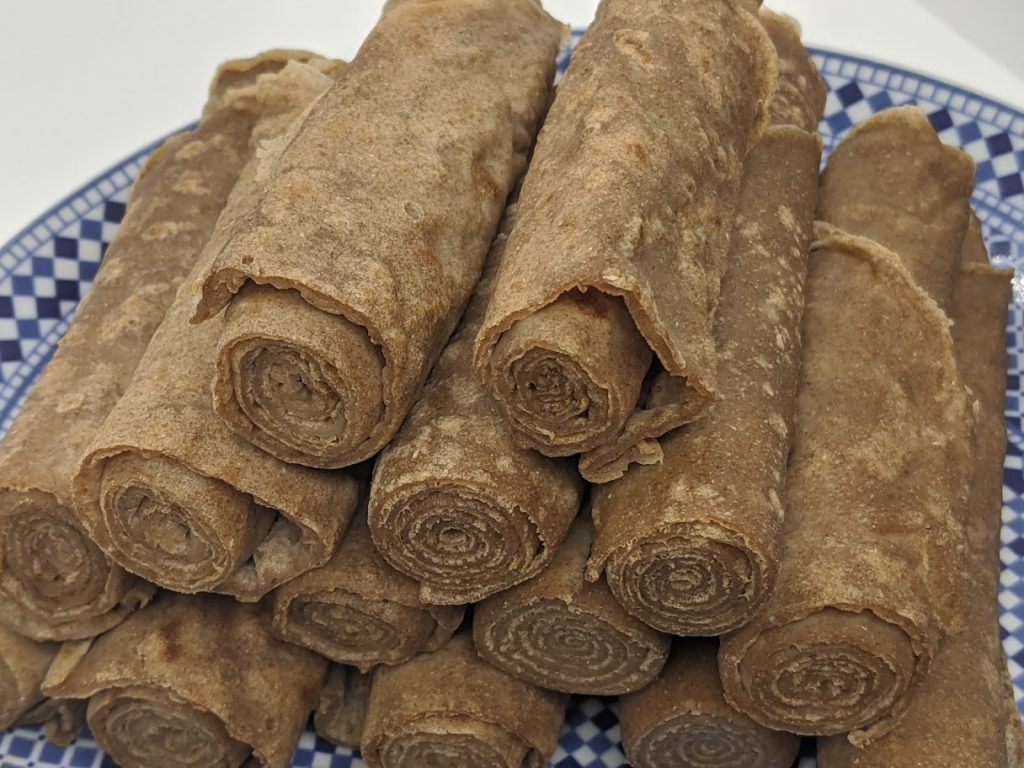
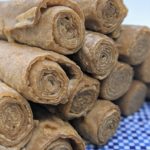
Injera Recipe – Ethiopian Flatbread
Equipment
- Bowl
- Skillet
DESCRIPTION
INGREDIENTS
- for Traditional Injera
- 4 cups teff flour (or half plain, half rice)
- 4 cups water
- 1 tsp salt
- vegetable oil or ghee for cooking
- for Quick Injera
- 8 oz teff flour
- 8 oz plain flour or rice flour or 8 oz. each of rice and plain flour
- 2 tsp dry active yeast
- 1 tsp salt
- 4 cups warm water
- ½ cup very hot water just off the boil is perfect
INSTRUCTIONS
Instruction for Traditional Injera
- Sift flour into a large bowl.
- Gradually add the water, mixing gently with a wooden spoon. It should have the consistency of slightly thicker than usual crêpe batter. You may not need all the water.
- Cover with parchment paper and let the batter sit for 2-3 days on your kitchen counter. This is the point where the batter will ferment, and at the end of it, you’ll get a sour smell, much like sourdough.
- Scoop out any liquid floating at the top, and any off color foam (like a little yellow). Add the salt and stir to combine.
Instructions for Quick Injera
- In a large bowl, mix the yeast with a little bit of the warm water and stir to combine.
- Add whichever 2 flours you’re using, along with the salt.
- Gradually, add more warm water, stirring with a wooden spoon until you have a smooth batter with the consistency of thick pancake batter. You may not need all the water.
- Cover with plastic wrap and let it stand for 1 hour.
- After an hour, the batter will have increased slightly. Stir while pouring the hot water until you get a thick crêpe batter.
- Let stand for 20 minutes.
Instructions for Cooking the Injera
- Grease your griddle or large frying pan and bring to medium heat. Using a ladle, pour a thin layer of the batter. Tilt the frying pan to allow the batter to spread and coat the bottom of the pan..
- Cook until you see air pockets or holes appearing (about 30 seconds). Then cover the skillet and cook for another minute. There will be lots of steam and you’ll see that the injera is beginning to curl along the edge.
- Slide the Injera onto a large plate (caution: using a spatula may tear it).
Notes
Nutrition is based on the traditional Injera, without taking into account the cooking fat.
NUTRITION
See more Ethiopian recipes like this here.
Sign up for the Kosher Cowboy newsletter.

